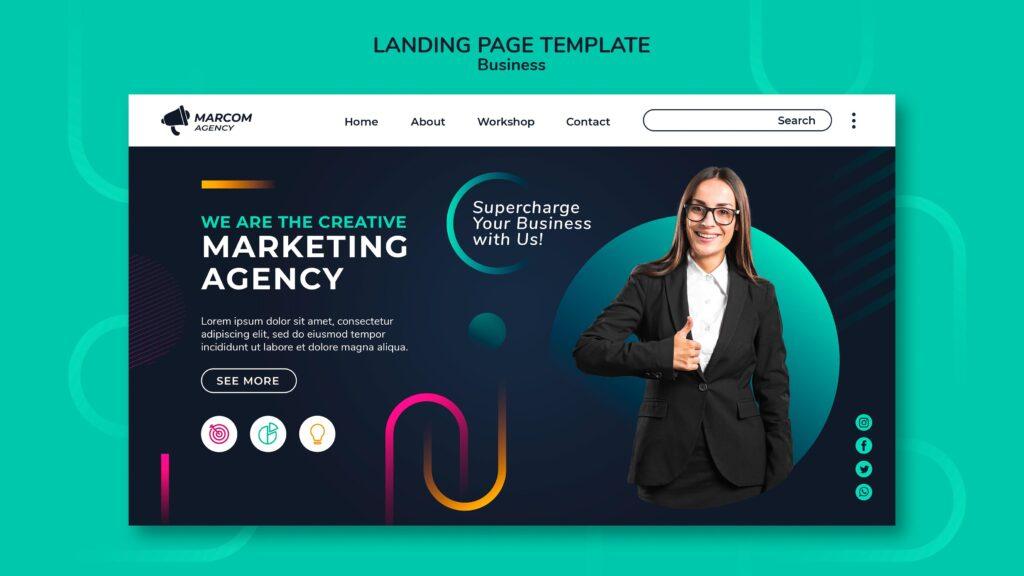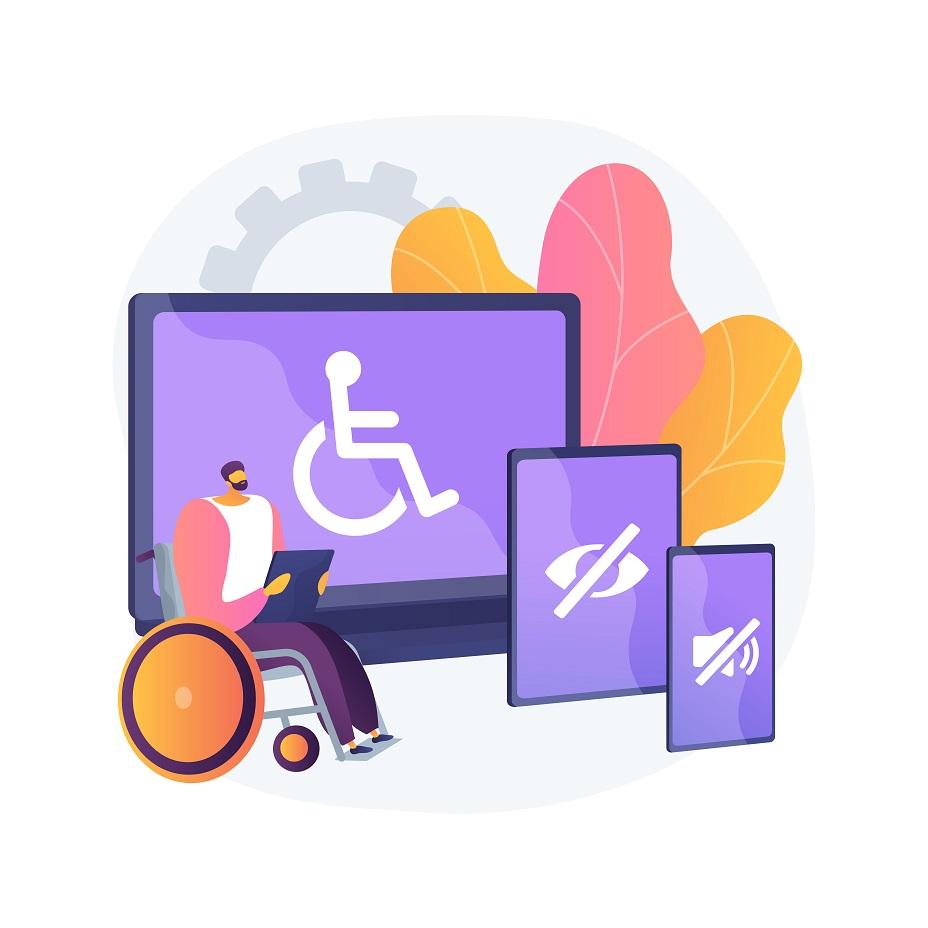Landing pages successfully convert visitors into leads or customers by establishing clear objectives, creating attention-grabbing headlines and value propositions, creating interesting content, implementing crystal-clear CTAs, establishing trust and credibility, and optimising for mobile.
1. Setting Clear Objectives:
a. Defining Conversion Goals:
Your conversion goals should be well defined before creating a landing page. Knowing your objectives will direct the design process, whether it’s generating leads, boosting product sales, or promoting newsletter sign-ups.
b. Identifying Target Audience:
Recognise the wants, preferences, and problems of your target audience. With this information, you’ll be able to design a landing page that appeals to and meets the problems of your audience.
2. Crafting Compelling Headlines and Value Propositions:
a. Attention-Grabbing Headlines:
Make a headline that grabs the visitor’s attention and expresses the value proposition of your business in plain language. A compelling title should be succinct, benefit-focused, and arouse interest.
b. Compelling Value Propositions:
Emphasise the special advantages or remedies that your product or service offers. Explain in detail how it meets a need or an issue. To persuade visitors to choose your offering, use compelling language.
3. Designing Clear and Engaging Content:
a. Simplified Layout:
Keep your landing page’s design simple, uncomplicated, and eye-catching. Utilise whitespace wisely to draw users’ attention to important components. Avert any distractions that can cause users to leave your conversion page.
b. Concise and Persuasive Copy:
Write copy that conveys the value of your offering in an easy-to-understand manner. Focus on the advantages, highlight the most important details with bullet points, and instill a sense of urgency or scarcity to motivate action.
c. Captivating Visuals:
Include top-notch photos, films, or infographics that complement your value proposition and improve the user experience. Visuals should be relevant, interesting, and useful in helping users comprehend your offering.
4. Implementing Clear Call-to-Actions (CTAs):
a. Visibility and Placement:
Use contrasting colours, sizes, and location to make sure your CTA is seen. For improved conversion chances, place it above the fold where it will be visible and think about repeating it all around the page.
b. Compelling Call To Action Copy:
Create CTA copy that is appealing, action-oriented, and clearly communicates the intended action. Create a sense of urgency, use active verbs, and reassure visitors of the advantages they will experience if they convert.
5. Building Trust and Credibility:
a. Testimonials and Social Proof:
Include endorsements, analyses, or case studies to build credibility. Real social evidence may reassure customers and boost their trust in your product.
b. Trust Symbols and Security Badges:
To reassure visitors that your website is secure and reputable, display trust marks, security badges, or certificates. Any worries individuals might have about disclosing personal information can be allayed by this.
6. Mobile Optimization:
a. Responsive Design:
Create a responsive and mobile-friendly landing page. To provide a consistent user experience across devices, optimise for multiple screen sizes. It should be simple for mobile users to navigate and convert.
b. Fast Loading Speed:
Make your landing page as quick loading as possible. User annoyance and abandonment can result from slow-loading pages. To increase website speed, minify code, compress pictures, and remove extraneous components.
In order to increase conversions and accomplish your business objectives, it is essential to design effective landing pages. Use these tactics as a starting point to create landing pages that maximise conversion rates and produce noticeable results for your company.


